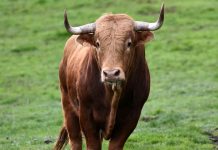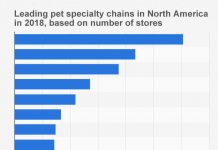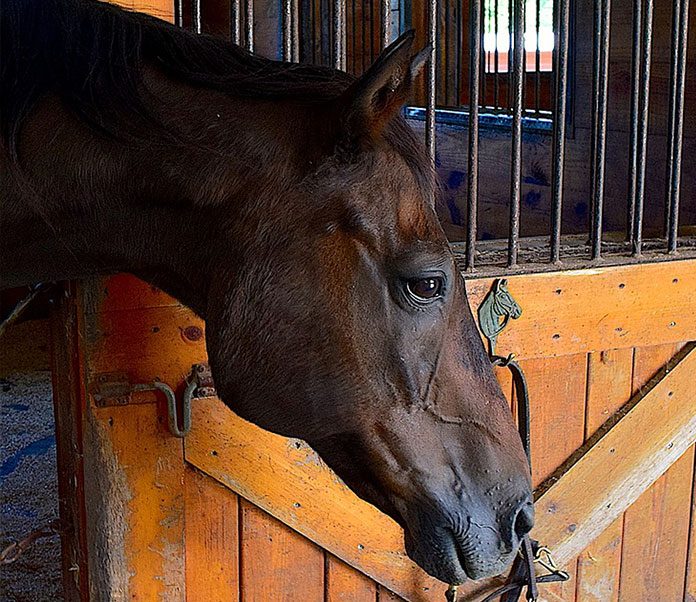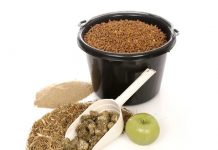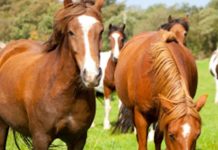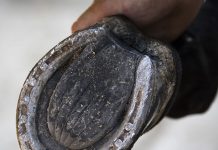While you might think this is a simple thing to do – feed your horse – you’d be surprised at the number of horse owners that don’t know about the basics. There is no real rule of thumb for feeding, as each horse’s nutritional needs will vary depending on age, weight and level of activity.
To start with, your horse naturally uses forage as a primary component of their diets. It is one of the MAJOR necessities for a properly functioning digestive system. When we speak of forage, we usually mean natural pasture and cut hay.
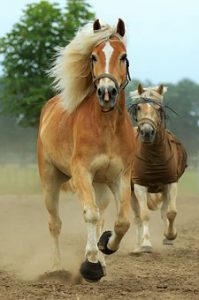 Mature horses usually eat about 2 to 2.5 percent of their body weight in feed every day. So a 1,000 pound horse will eat roughly 20 to 25 pounds of feed per day. This means high quality feed, not low quality high fiber feed (which can interfere with proper digestion).
Mature horses usually eat about 2 to 2.5 percent of their body weight in feed every day. So a 1,000 pound horse will eat roughly 20 to 25 pounds of feed per day. This means high quality feed, not low quality high fiber feed (which can interfere with proper digestion).
In a perfect pasture world, your horse should eat a minimum of 1 percent of his body weight in hay/pasture forage daily. If your horse doesn’t do much work, they will do nicely on strictly forage, with no grain thrown in. On the other hand, growing, breeding, or working horses must have supplements in addition to forage – such as grain or a supplement concentrate. Think of it this way, forages should provide at least one half or more of the total weight of the feed eaten daily for optimum growth and development.
Before you can feed a balanced “meal” to your horse, you have to know the nutrient content and quality of your forage. Once you know that, you can figure out the right amounts of each to meet nutrient requirements.
The best source, and the least expensive one for summer feed is your pasture. And, in most cases good pasture by itself can provide all the nutritional requirements your horse needs. How do you figure out how much pasture is needed to feed a horse? Here is a rough guideline to help you: (using a weight of 1,000 – 1,200 pounds)
Mare and foal 1.75 to 2 acres
Yearlings 1.5 to 2 acre
Weanlings 0.5 to 1 acre
Winter feed of course would be cut hay, and again, high quality if you can provide it. It should be cut early, be leafy and green in color and as free as possible of dust, moulds, weeds and stubble. This feed is usually rich in protein, minerals and vitamins.
Yes, you can use alfalfa hay, but be careful about the higher protein content if you are feeding to young growing horses, as it may contain an excessive amount of calcium in relationship to phosphorus. Too much calcium is not good for growing horses. If you’re not sure about hay quality, have it analyzed.






